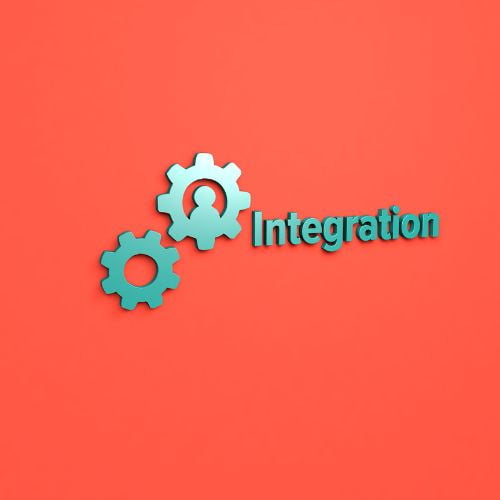Not sure whether to track your ICT asset register using GPS or QR code technology? Read this article now to find out why QR codes are better!
How To Integrate An Asset Register With Other Business Systems
How To Integrate An Asset Register With Other Business Systems
If you are about to use an asset register app for the first time, you may be wondering how to integrate it with other business systems. If you have been in business for a while, it’s likely that you already use a range of business systems.
Many businesses already use systems such as accounting software and data tracking tools. But is it possible to integrate everything? Let’s take a look.
How To Integrate Your Asset Register App With Other Business Systems
Some businesses are more than happy to use a wide range of systems. However, doing so can be a lot of work and occasionally be a little difficult. This is because you may need to keep logging into a range of software. One easy way to integrate everything is to make sure you use software that’s compatible with a lot of other business systems.
For example, an asset register app may be compatible with content management tools and accounting software. Your location tracking software may be compatible with your maintenance app, and so on. When there is more compatibility between the systems you use, it makes life much easier.
You may no longer need to log into one programme and then use an app to do something else. It could be possible for you to log into your new asset register and control everything from one place. All that you need to do is to set up your new register so you can have more control. The good news is that this tends to be relatively easy. Most new apps have been created to be easy to use. As a result, you could soon find yourself using one app all day, every day.

Integration With Accounting Software
Depending on the asset register app that you use, it may be possible to integrate it with your accounting software. Some apps work with many different types of accounting software, some work with just a few. The apps may be able to export reports that contain data about the value of your stock, and your recent orders. The software could also help you to understand whether you’ve paid your clients and whether your customers have paid you. The apps may also help you to see whether your business is doing well or whether you need to apply for a loan.
Integration With Invoicing Software
When you integrate your asset register app with accounting software, it’s likely that you integrate it with invoicing software. This is unless, of course, you wish to keep things separate. You could, for example, have all of your figures in one place and all of your invoices in another.
While this may not always seem like a good idea, it can work well. You need to know who has paid their invoices and who you need to chase up. When you use an asset register to help you track your assets, you can also use it to help you track your invoices.
For example, you could set notifications that remind you to send an invoice to your clients. You could also have a notification that pops up a week later reminding you to check that invoices have been paid.
Integration With Location Tracking Software
Perhaps you already track your assets, perhaps you use software that you’ve used for a long time. However, when you use an asset register app that’s fairly modern, it’s likely that the app will also offer location tracking services. As a result, the app may not allow you to integrate with other tracking software. After all, you’ll be asking the app to work with a competitor.
One of the best things that you can do here is to use your new tracking app to track your assets. If the tracking app that you’re considering using is a new one, it may have more features than your current one. Chances are, a more modern tracking app will also provide you with more accurate tracking data.
When you have more accurate tracking data you’re more likely to know where all of your assets are all of the time. You may even know who is using what asset, and who is waiting to use that particular asset. Additionally, there may also be an enhancement of your security when you use a more modern tracking app. The even better news is that switching to a new app that tracks your assets is usually easier than you think.
It may not be possible to integrate your new asset register software or app with tracking software. However, you are more likely to come away with an asset tracking solution that’s more reliable and more secure.
Would you like to speak with an expert about integrating your asset register app/software with other business systems? Reach out to us now at: team@itemit.com.
The Easiest Way To Integrate Business Systems
Choose a better way to track your assets
Start your free 14-day trial now
Instant access. No credit card details required.
Related articles
GPS Versus QR Codes: Which Is Better?
Business Systems And The Integration Of Tracking Software
Wish to improve your business systems? Read this article to find out why the integration of an asset tracking app and tracking software can help!
How To Track Manufacturing Equipment
Wish to track your manufacturing equipment to make your life easier? This article shows you how using an equipment tracking system helps!



